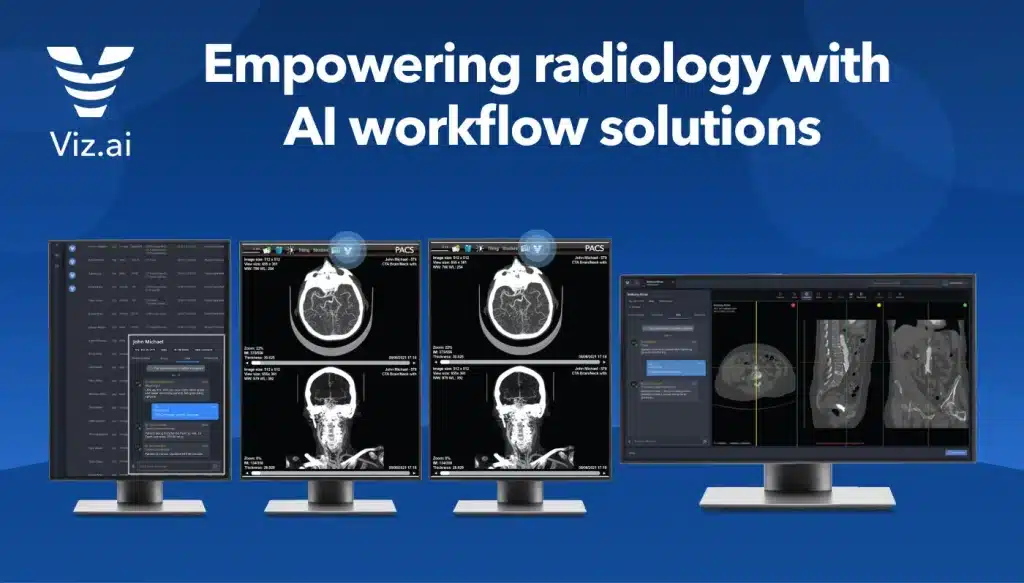Team Viz
Aug 30, 2024
5 min
Tackling Radiologist Burnout: A Modern Approach
The global shortage of radiologists is a growing concern, with the number of professionals in the field not keeping pace with the increasing demand for imaging studies. This gap has led to heightened workloads and significant burnout among radiologists. With an annual increase of 8% in CT scans and 6% in MRIs, the pressure on radiologists to work faster and more efficiently is mounting.
Embracing AI to Reduce Burnout
Hospitals are increasingly turning to augmented intelligence (AI) to enhance care delivery and address radiologist burnout. By adopting and scaling innovative technologies, healthcare facilities aim to boost workflow efficiency and alleviate the strain on radiologists.
The Future of AI in Radiology
AI is transforming radiology, significantly aiding in disease detection and enhancing decision-making processes. While adoption timelines vary, early adopters of AI technologies, like the Viz Platform, are already reaping benefits. Clinical validation data shows that the Viz Platform can speed up treatment decisions by up to 73%, leading to better patient outcomes and shorter hospital stays.
Viz.ai’s Role in Streamlining Workflows
Viz.ai is at the forefront of this transformation, developing in-house AI modules and collaborating with partners to make accessing the right algorithm easy for you.. Our focus is on delivering AI-powered workflows that truly assist radiologists and advance patient care.
Enhancing Operational Efficiency and Patient Outcomes
The Viz Radiology Suite offers real-time notifications of suspected diseases in imaging files and prioritized worklists, streamlining radiologists’ workflows. When integrated with hospital networks’ picture archiving and communication systems (PACS), it enables efficient, HIPAA-compliant data sharing across departments. This integration reduces phone calls, minimizes wasted time, and facilitates faster, collaborative treatment decisions.
Leading the Wave of Innovation
Viz.ai is driving innovation by applying AI to transform healthcare. Our solutions create synchronized actions within hospitals, clinically proven to improve patient care and operational efficiency. As we continue to develop and refine our AI-powered capabilities, we remain committed to supporting radiologists and enhancing patient outcomes.
To learn more about the Viz Radiology Suite or to schedule a demo, visit viz.ai/radiology.

